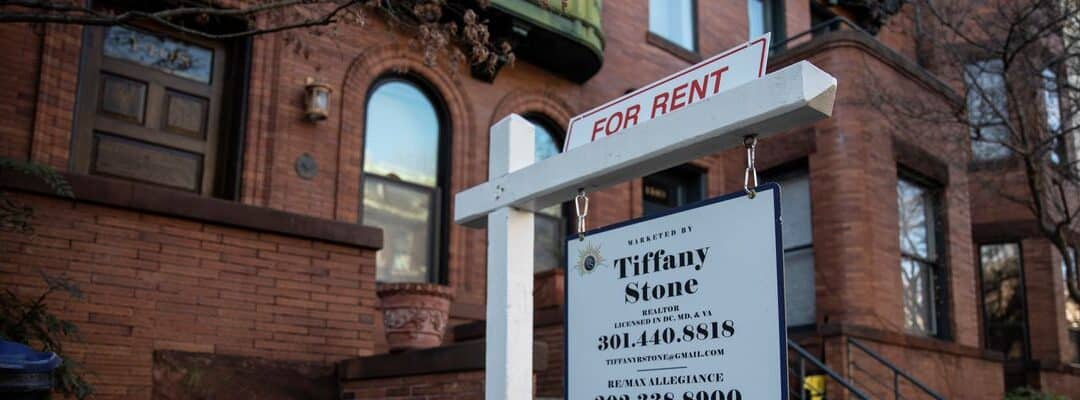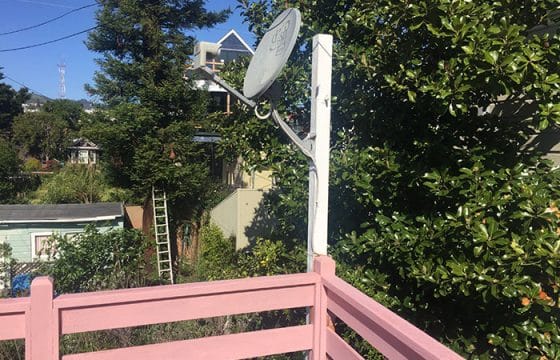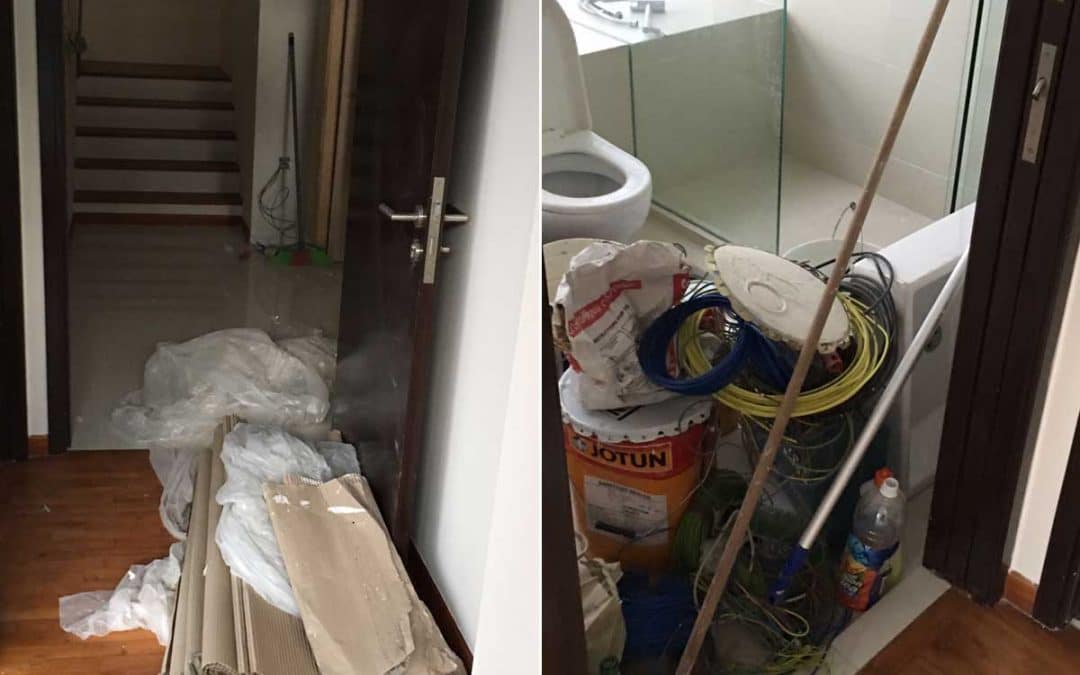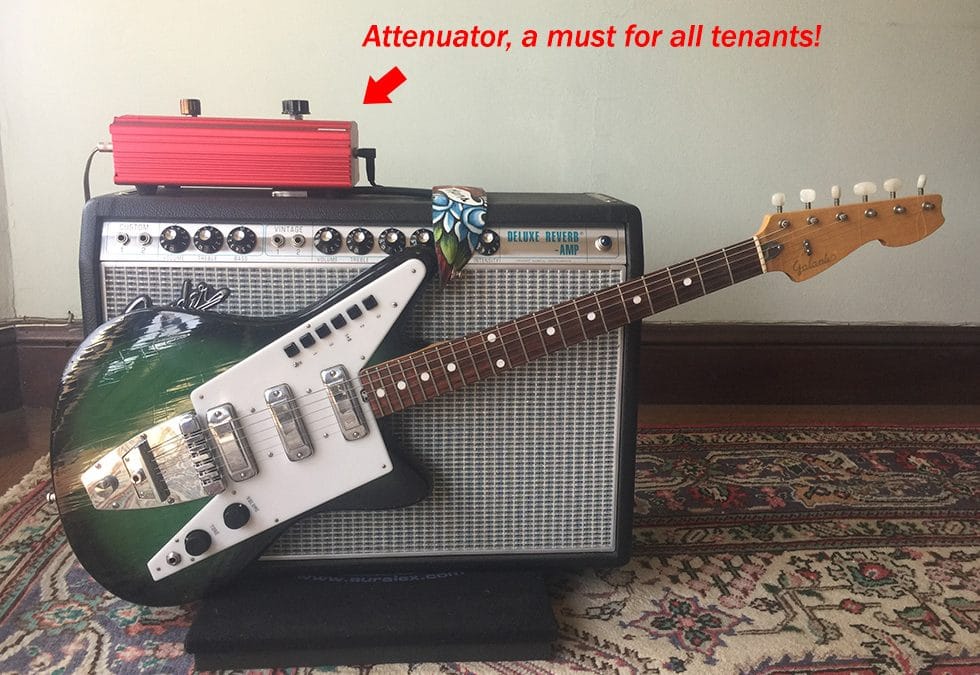First the essentials:
* My building was built before 1979
* Six units in my S.F. building, three are rent controlled including mine, the last 2-bedroom
* I am 52 and have an asthma disability. LL has agreed to pay the $4188 disability payout
* I’ve lived here almost 14 years, and the rent is $1130
* The building sold last May, and the new LL has not even given me a new lease! Clearly a predatory LL, as he could have moved into either of the two 2-bedroom units when he bought the building. He is gunning for my unit.
Apart from making the claim I have “protected status” with my asthma condition (including a letter from a leading asthma dr. in S.F.), and that he appears to be a predatory LandLord, is there any other way to fight an owner move-in?
I’m glad to be back! Thanks for providing most of the information I need to dissect this.
I see you have a rent controlled two-bedroom unit in San Francisco that rents for $1,130 per month. The predatory landlord (they’re all predatory BTW) wants to evict you, even if he has to live in your apartment for three years, because he can make a shitload more money when he eventually sells the building.
According to several online real estate sites, the average rent for a two-bedroom apartment in San Francisco is approximately $4,500.00 per month, more or less, depending upon location. The rent differential when the landlord sells the building will be approximately $3,370 per month in today’s dollars or $40,440.00 per year. Using a 4% capitalization rate (a standard method to determine the value of a residential income building, explained in detail here) getting rid of you will increase the value of the building by approximately a million bucks, barring a 9.0 earthquake or nuclear blast.
I’m willing to bet that you pay the least amount of rent in the building for a two-bedroom. No wonder the landlord is gunning for you, given the profit he will pocket. Even if you live on the bottom floor and top floor has an unobstructed view of the Golden Gate Bridge, the tenant upstairs will be safe from an OMI eviction if he or she pays more rent. In my opinion, most of these new landlords, these MBA-bean-counting-investors don’t want to “live” here; they want to get rich here.
Making a disability claim does not necessarily confer complete protection from an OMI.
Read Rent Ordinance § 37.9(i)(1)(i) states in part:
“A disabled tenant is defined for purposes of this Section 37.9(i)(1)(B) as a person who is disabled or blind within the meaning of the federal Supplemental Security Income/California State Supplemental Program (SSI/SSP), and who is determined by SSI/SSP to qualify for that program or who satisfies such requirements through any other method of determination as approved by the Rent Board.”
While asthma can be a disability within the meaning of the California Government Code or the Americans with Disabilities Act (ADA), unless you are receiving SSI or SSDI or qualify for either program, you will not be absolutely immune from an OMI eviction.
You also mention that the landlord is willing to recognize your disability and pay you the mandatory relocation payment for a disability in an (OMI) eviction—for 2017! You don’t mention if the landlord has already served you a 60-day notice to evict you for OMI, but if he served it before March 1, 2018, the disability relocation amount would be correct.
Which begs the question, did the landlord serve you with the correct form of an OMI 60-day notice?
Last year the San Francisco Board of Supervisors made significant changes to the requirements for an OMI eviction and also increased protections for tenants who receive an OMI eviction notice. (Rent Ordinance § 37.9(a)(8)(v).) The Rent Board provided the specific details for the notice requirements in Rent Board Rules & Regulations § 12.14(b):
“(b) Information to Accompany Notice to Vacate. In addition to general eviction notice requirements, a landlord who endeavors to recover possession under Ordinance Section 37.9(a)(8) shall provide the tenant with the following documents and information in writing on or before service of the notice to vacate and file a copy of same with the Rent Board within 10 days after service of the notice to vacate on the tenant, together with a copy of the notice to vacate and proof of service upon the tenant:
(1) the identity and percentage of ownership of all persons holding a full or partial percentage ownership in the property;
(2) the name(s) of the landlord endeavoring to recover possession and, if applicable, the name(s) and relationship of the relative(s) for whom possession is being sought and a description of the current residence of the person(s) for whom possession is being sought;
(3) the dates the current percentages of ownership were recorded;
(4) a description of all residential properties owned, in whole or in part, by the landlord and, if applicable, a description of all residential properties owned, in whole or in part, by the landlord’s relative for whom possession is being sought;
(5) the current rent for the unit and a statement that if the unit is offered for rent during the five-year period following service of the notice to vacate under Section 37.9(a)(8), the tenant has the right to re-rent the unit at the same rent, as adjusted by Ordinance Section 37.9B(a);
(6) the contents of Ordinance Section 37.9B, by providing a copy of same;
(7) the right the tenant(s) may have to relocation costs under Ordinance Section 37.9C, the amount of those relocation costs, and a copy of Section 37.9C;
(8) a declaration executed by the landlord under penalty of perjury stating:
(i) the reason why the landlord or relative is moving from his/her current residence to the unit for which possession is being sought; (ii) that the landlord seeks to recover possession of the unit in good faith, without ulterior reasons and with honest intent, for use or occupancy as the principal residence of the landlord or the landlord’s relative (identified by name and relation to the landlord), for a period of at least 36 continuous months, as set forth in Ordinance Sections 37.9(a)(8)(i) and (ii); (iii) whether the landlord served a notice to vacate pursuant to Ordinance Section 37.9(a)(8) for a different unit; and, (iv) whether the landlord has recovered possession of other rental units in the City and County of San Francisco for any reason under Ordinance Section 37.9(a) other than nonpayment of rent in which the tenant displaced from such rental unit had resided for at least 36 consecutive months;
(9) a warning that the tenant must submit a statement to the landlord within 30 days of service of the notice to vacate, with supporting evidence, if the tenant claims to be a member of a protected class under Ordinance Sections 37.9(i) or (j), and that failure to do so shall be deemed an admission that the tenant is not protected by Sections 37.9(i) or (j);
(10) a form prepared by the Rent Board stating that a tenant’s failure to timely act in response to a notice to vacate may result in a lawsuit by the landlord to evict the tenant, that advice regarding the notice to vacate is available from the Rent Board, and that the tenant may be eligible for affordable housing programs through the Mayor’s Office of Housing and Community Development; and
(11) a blank change of address form prepared by the Rent Board that the tenant can use to keep the Rent Board apprised of any future change of address.
I am providing the relevant part of the statute here, not to enliven my writing, but to demonstrate some of the comprehensive changes to the OMI statute which became effective this year.
If you have been served an OMI notice to vacate and it does not include each and every one of these items, the landlord cannot evict you based on the notice.
How Can You Fight an OMI Eviction?
When you ask how to fight an OMI, I assume that you want to stay in the apartment and fight (defend) the eviction. Even with the new notice requirements, defending an eviction is still an uphill process.
You (your lawyer) must be able convince at least four members of a jury that the landlord does not intend to live in the unit for three years. Disproving intent is extremely difficult. How do you disprove the landlord’s internal rationale?
When I speak to tenants about this, I tell them that they need a smoking gun. In other words, you need evidence that will convince a reasonable person that the landlord is flat-out lying about his intent to move in.
For example, if you can show that the landlord currently lives in a 35-room mansion in Beverley Hills and works in the film industry, it’s unlikely that he wants to live in your two-bedroom apartment and make it his primary place of residence.
I must warn you that you need to provide evidence almost this convincing to successfully defend an unlawful detainer (eviction) lawsuit for OMI.
Gather as much information about the landlord as you can.The Supes created the new notice requirements to give you a head start. Evaluate and verify the information provided in the notice. Search for more information on the landlord and his relatives as you can. If landlord’s 18-year-old is moving in and the landlord doesn’t live there, make sure she owns 25% of the building—not that likely in your six-unit building.
Bring all of your documentation to the San Francisco Tenants Union and evaluate your evidence with a tenant counselor.
Your case may have some specific details that may make it worth your while to fight. But generally, when I speak to tenants, I often find that defending an OMI eviction will be an expensive, losing proposition. Think about it, a sophisticated landlord will cover all of his tracks if he has to provide the extensive information now required in an OMI notice to vacate.
So, if you have been served a valid OMI notice, you should also be looking for a new place to live.
Readers: You can find all of the new regulations pertaining to OMI evictions on the San Francisco Rent Board website. Specifically read Rent Ordinance § 37.9(a)(8), Rent Ordinance § 37.9B, Rent Board Rules & Regulations § 12.14 and the information sheets (actually written in English) provided on the site.
I did not address the new 90-day and annual landlord reporting requirements, because they will be more instructive and useful for a tenant who moves out and later wants to sue for wrongful eviction—a topic for another article.












 This is a dance you probably shouldn't try to do by yourself. Almost all tenants need a lawyer to lead. You likely have a better chance buying a house than you do prevailing in an unlawful detainer by defending yourself.
This is a dance you probably shouldn't try to do by yourself. Almost all tenants need a lawyer to lead. You likely have a better chance buying a house than you do prevailing in an unlawful detainer by defending yourself.



